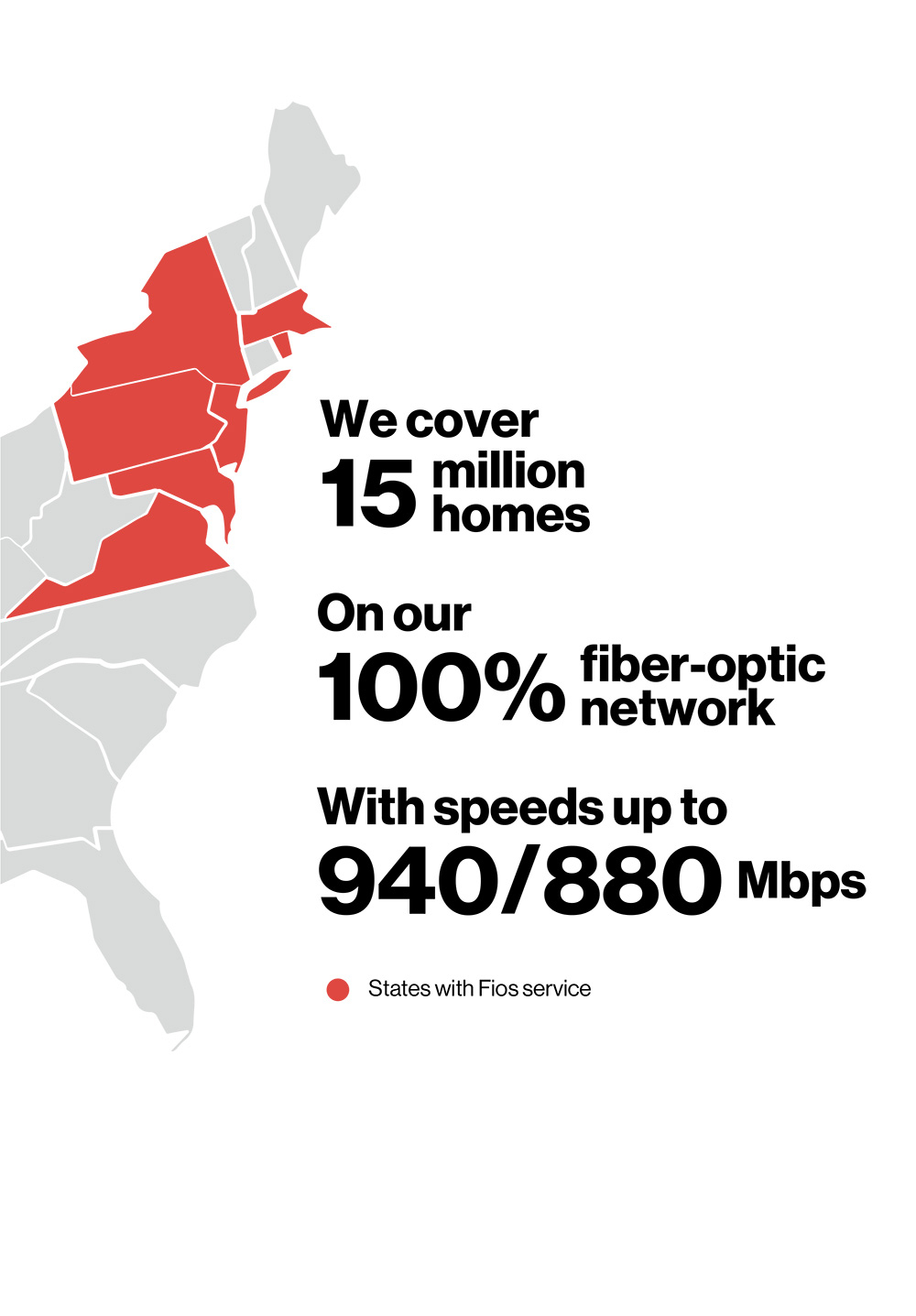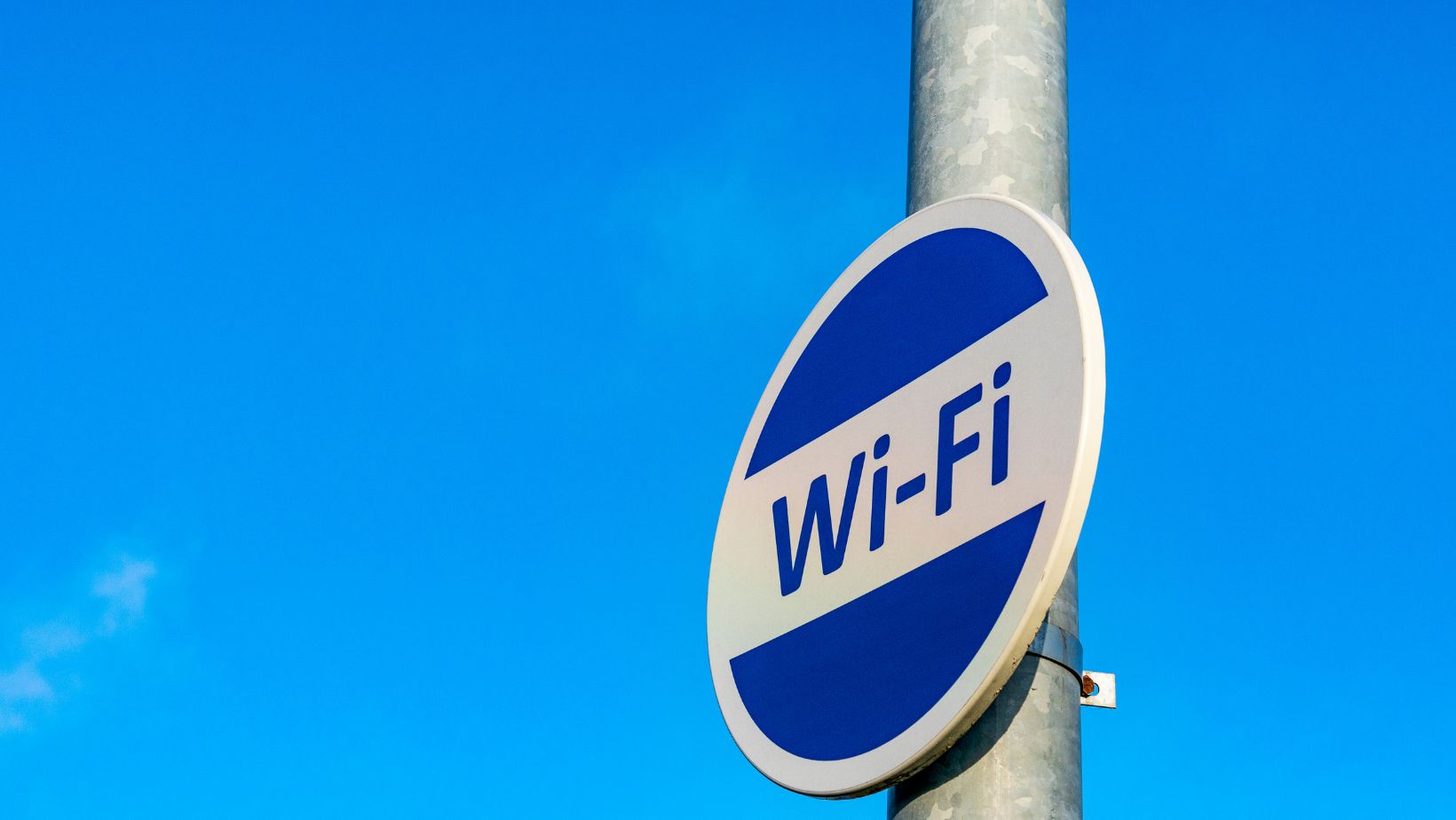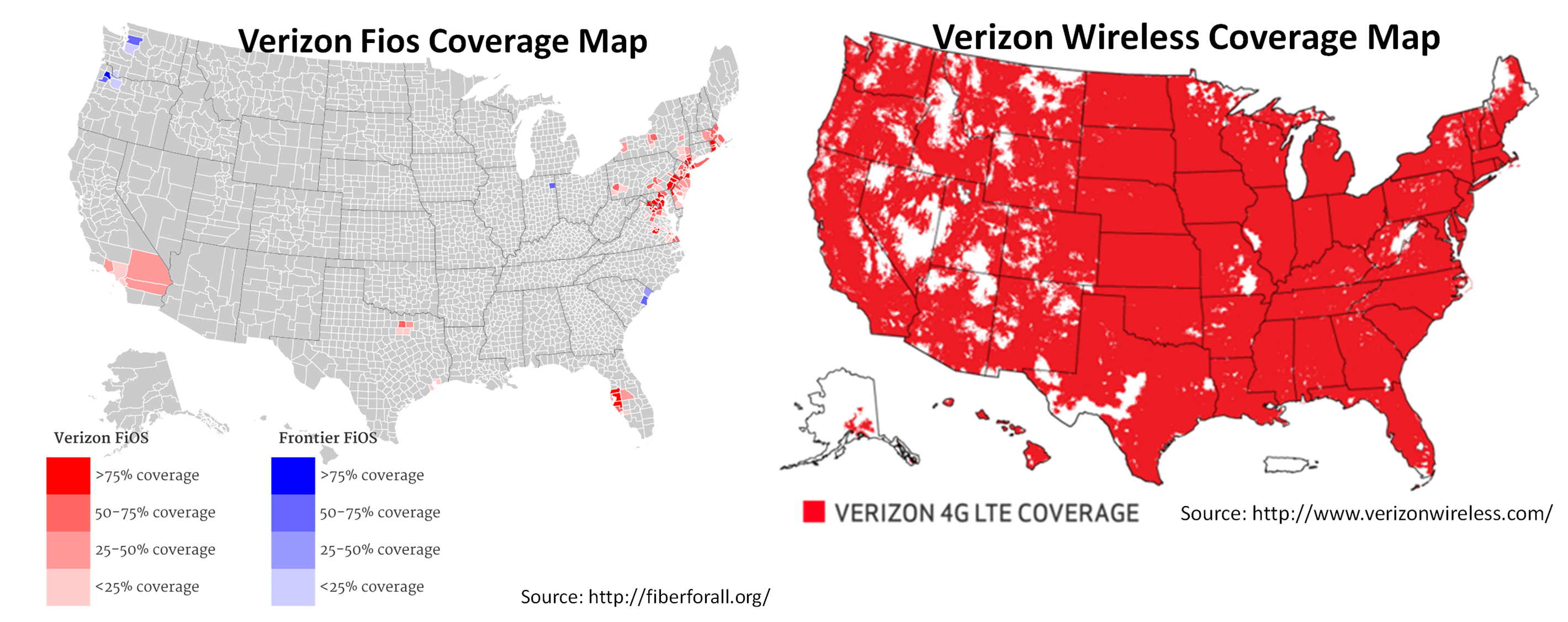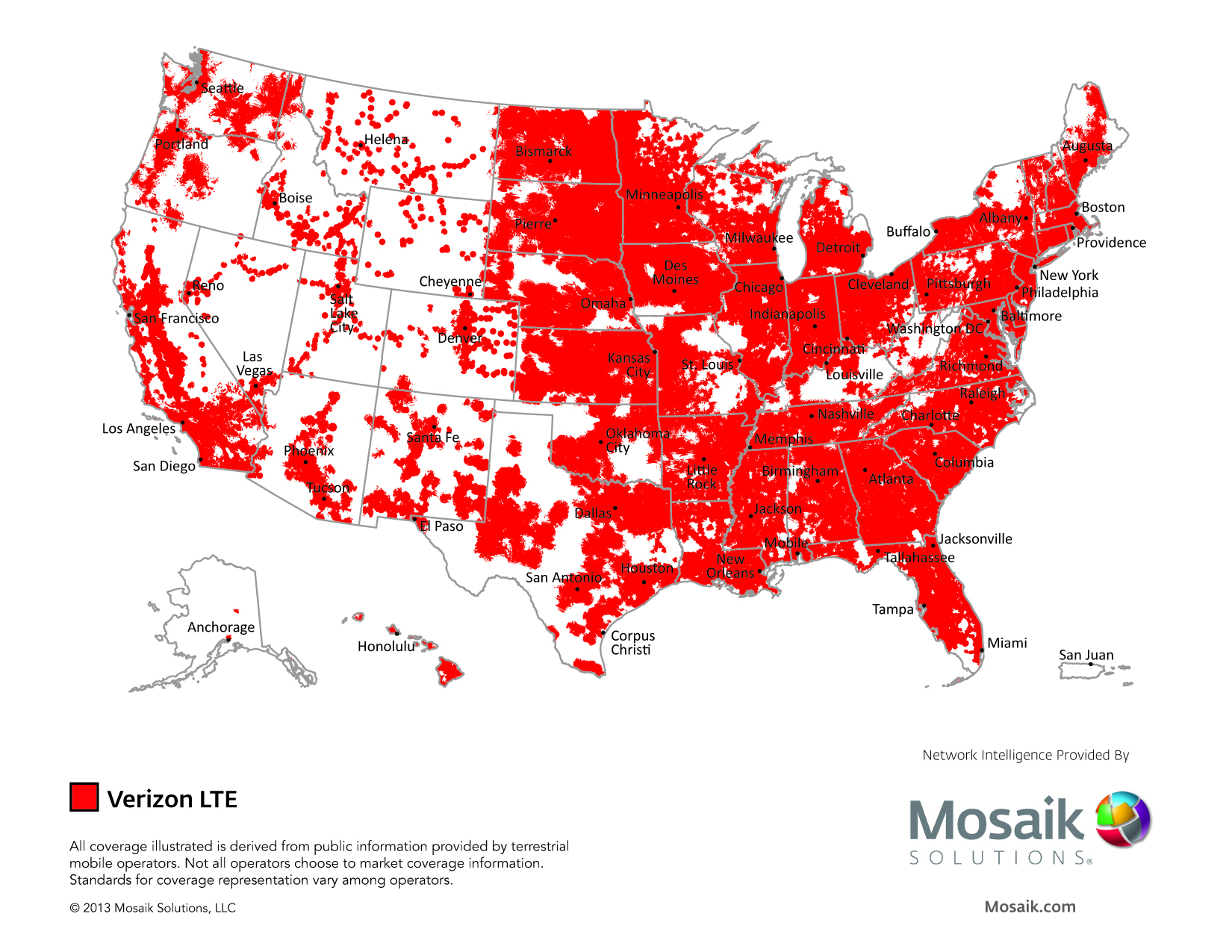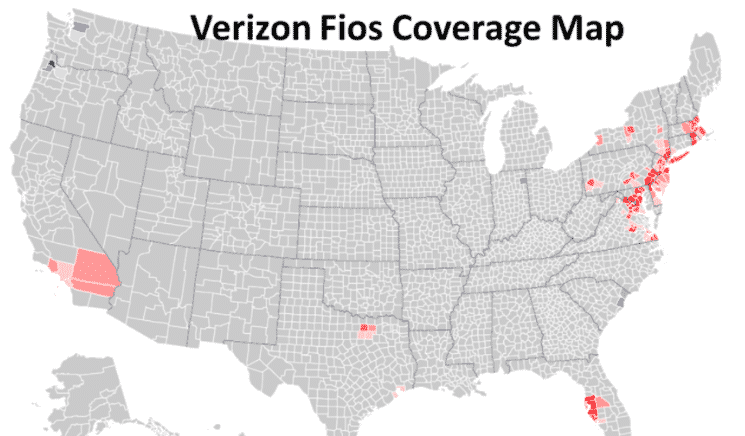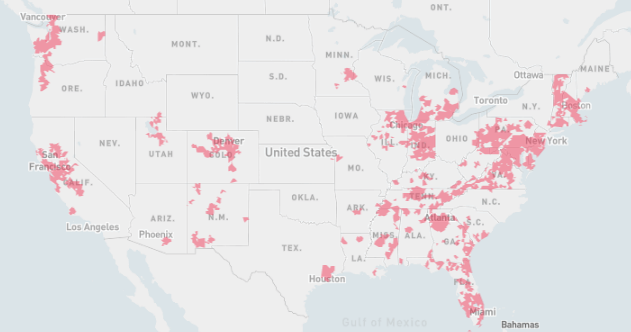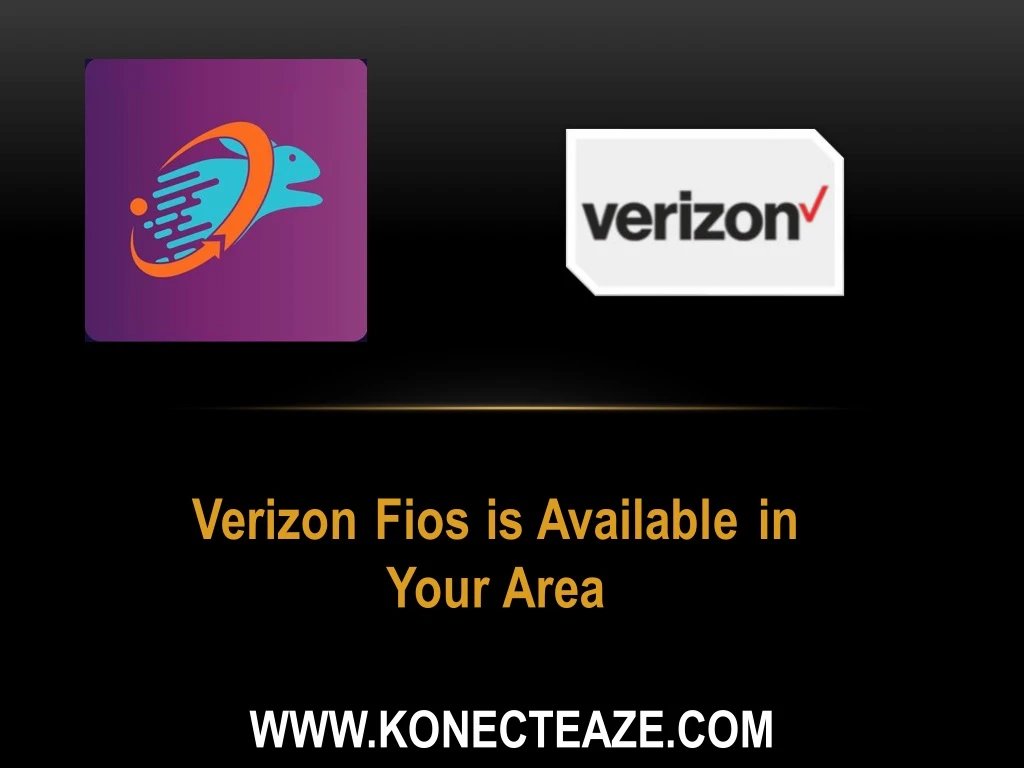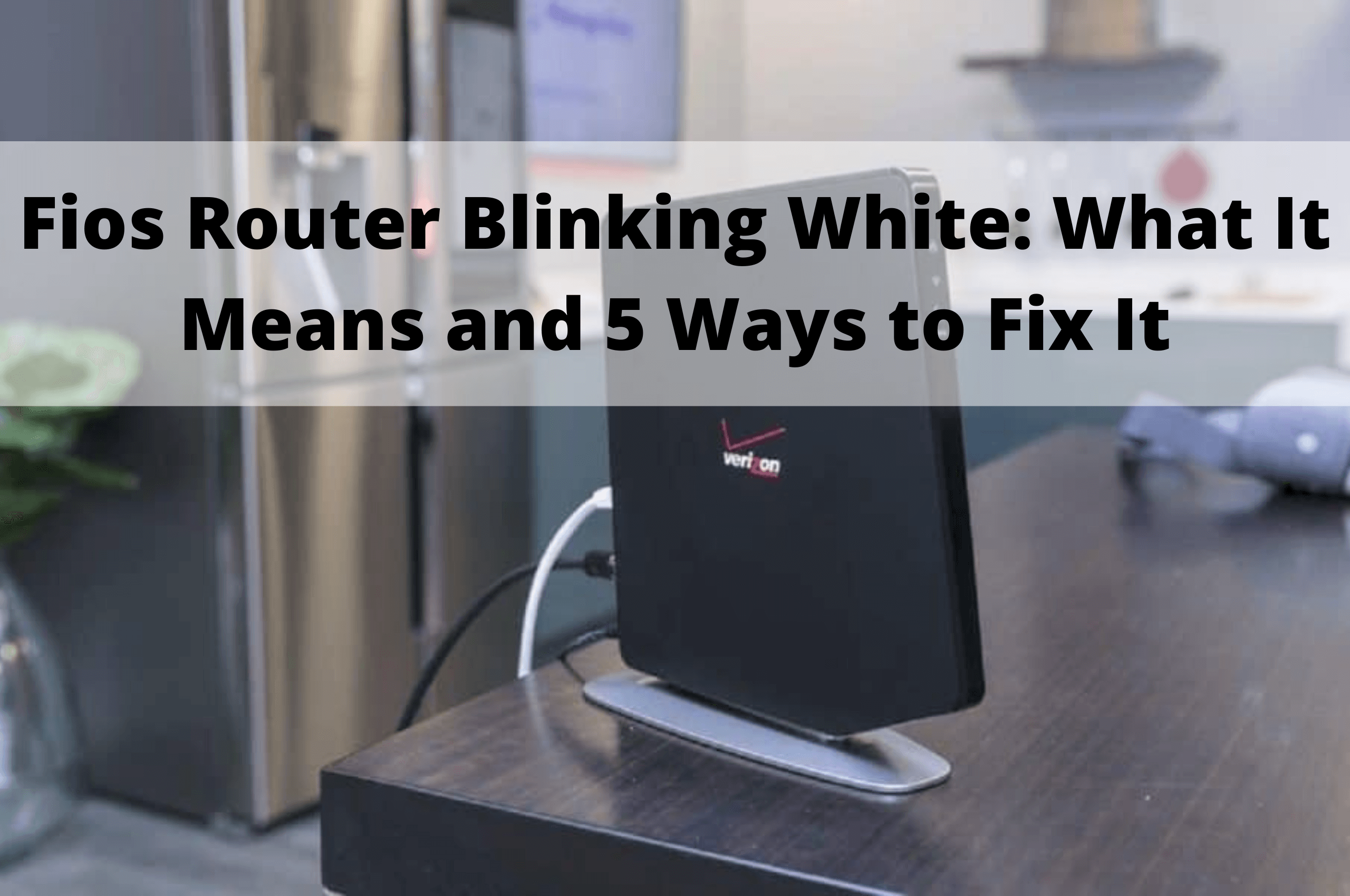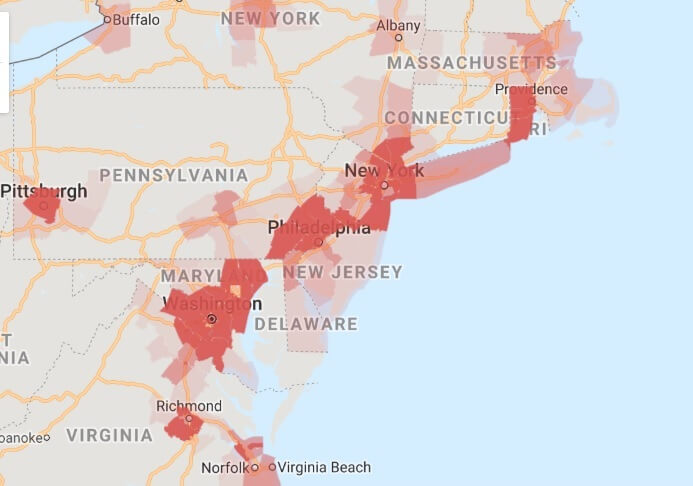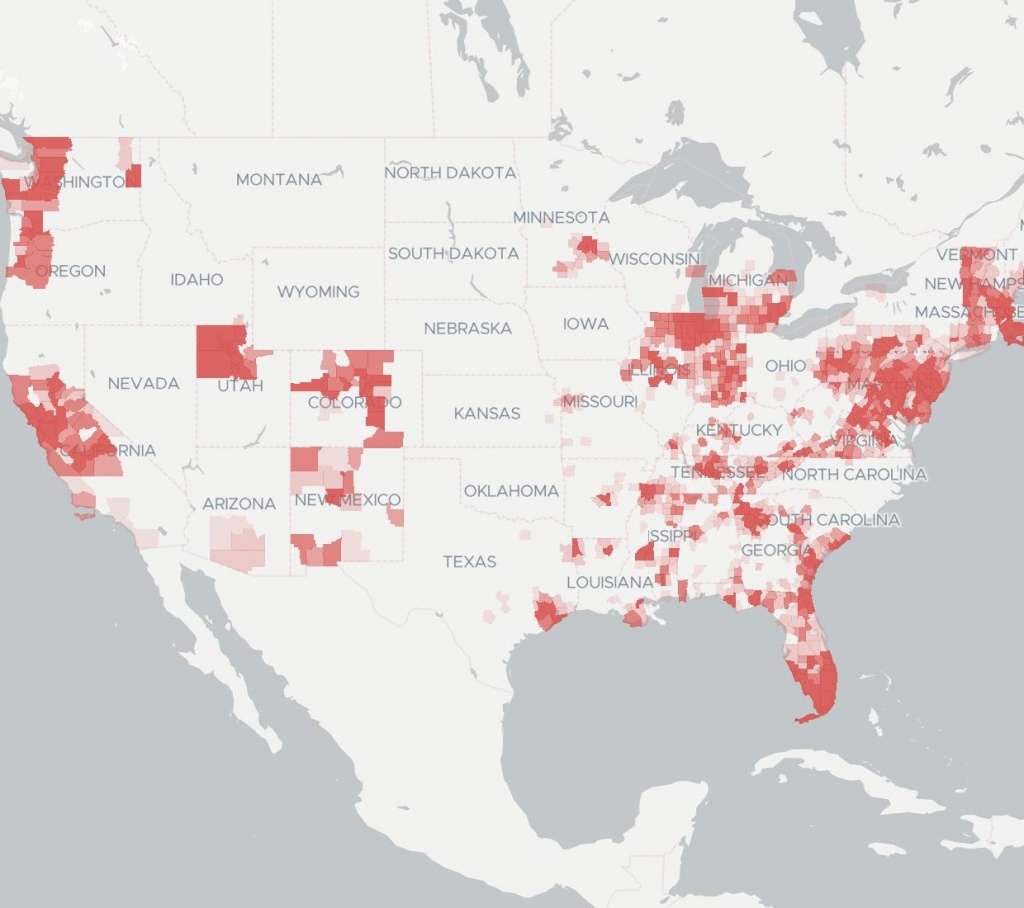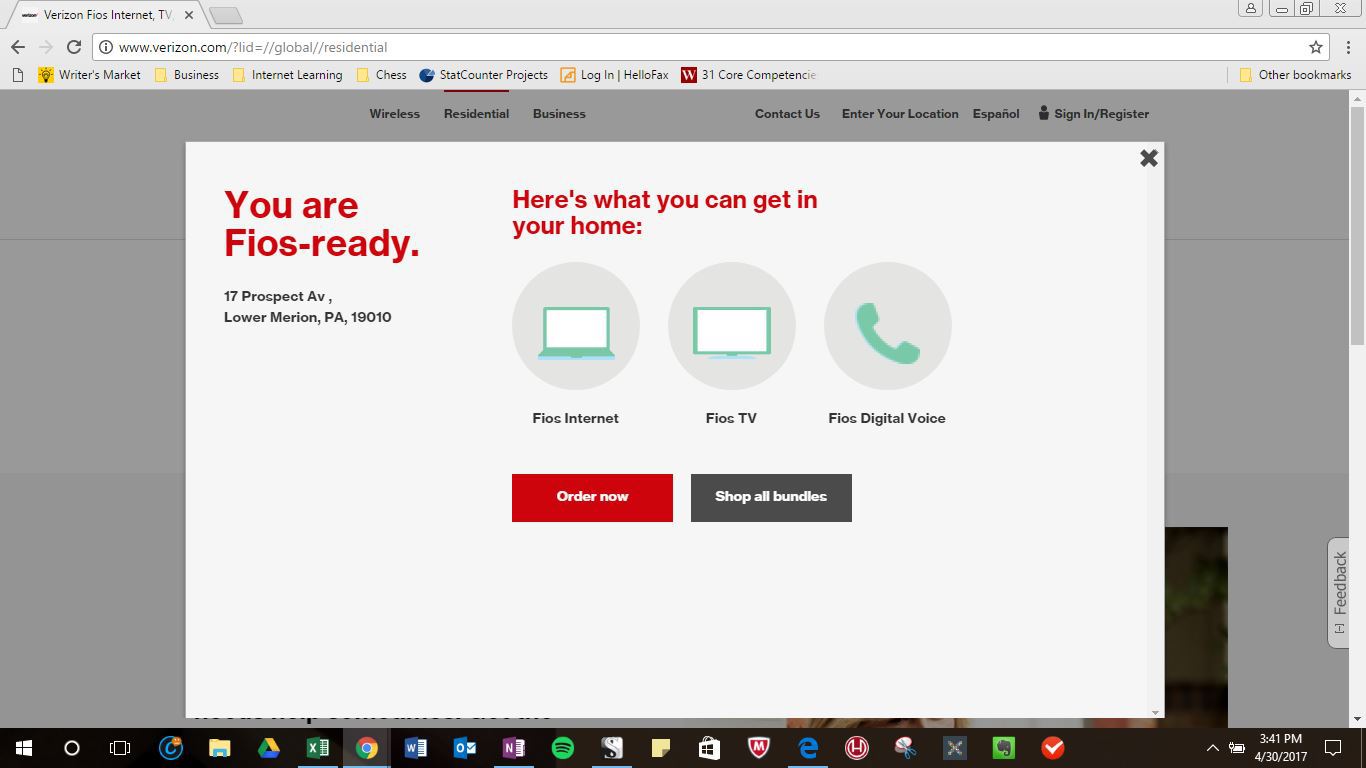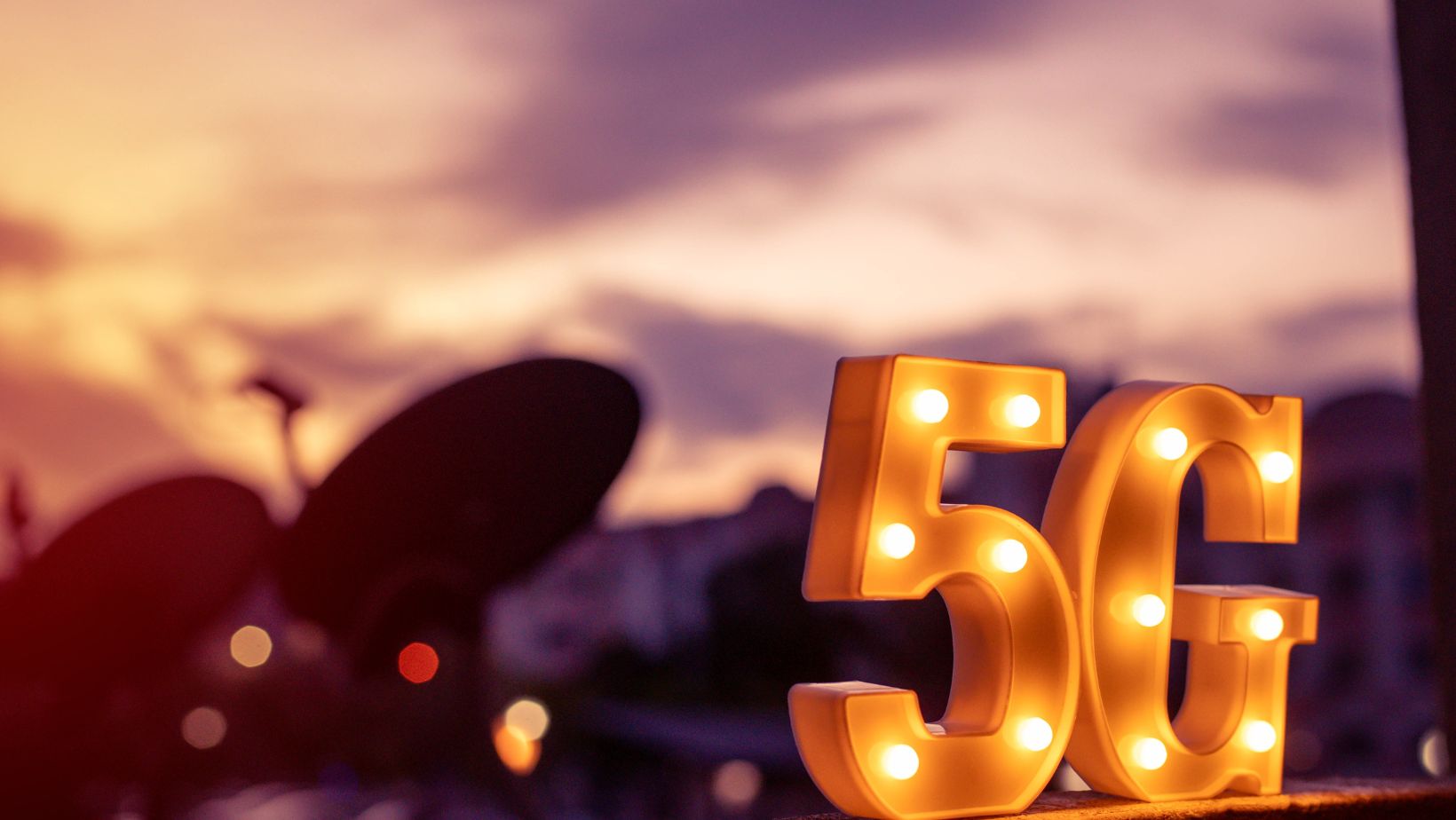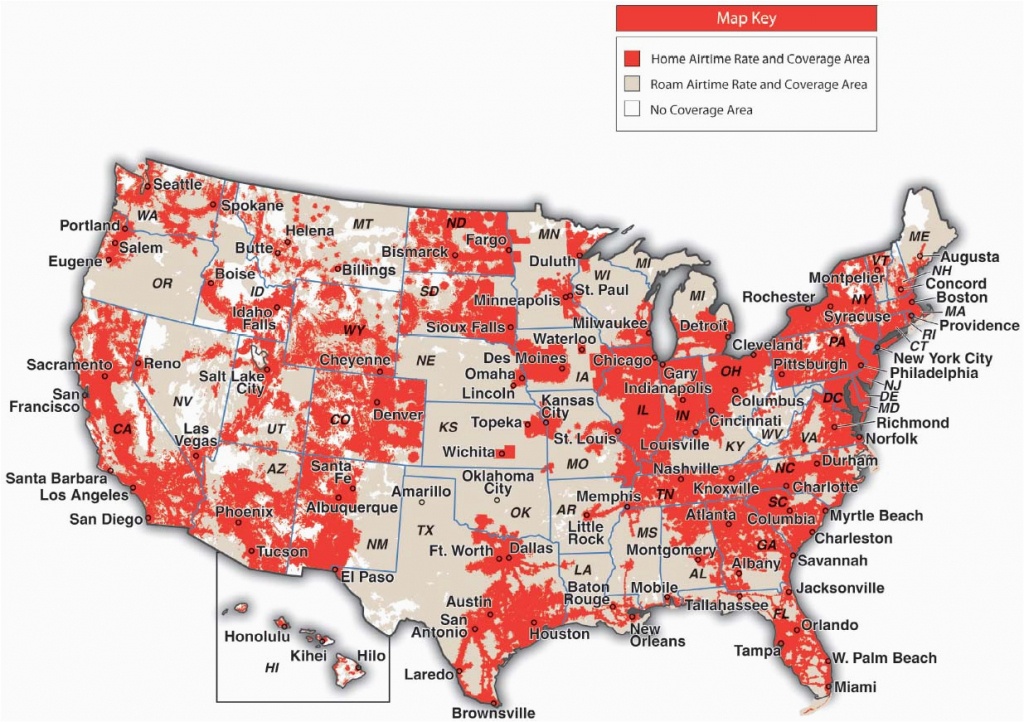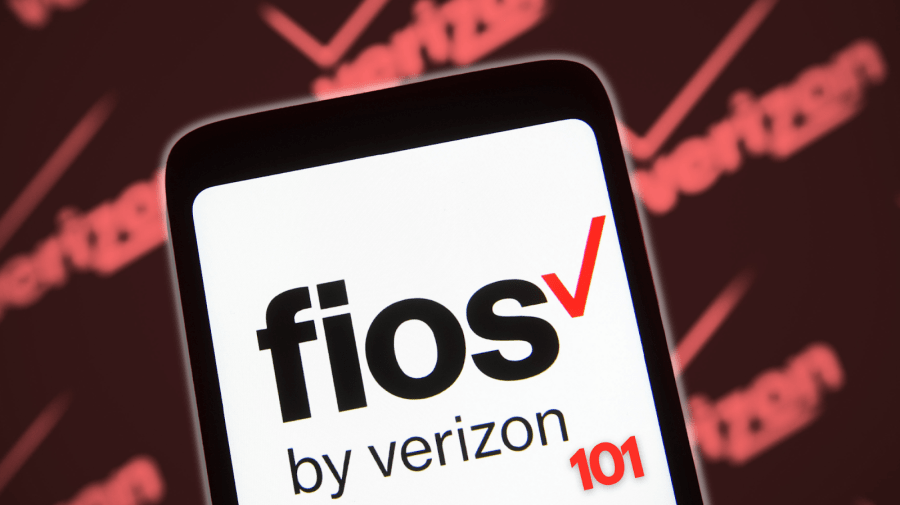Verizon Fios Is It Available In My Area

The quest for faster, more reliable internet service is a constant pursuit for households across the United States. For many, Verizon Fios, with its fiber-optic technology promising gigabit speeds, represents the pinnacle of home internet. But the burning question remains: Is it actually available where I live?
Fios availability is not universal, and understanding the nuances of its deployment is crucial for consumers seeking to upgrade their connectivity. This article delves into the current Fios footprint, the factors influencing its expansion, and how to determine if your address is within the coveted coverage area. We will also explore alternatives for those who find themselves outside the Fios zone and examine Verizon's future plans for fiber deployment.
Fios: A Patchwork of Availability
Verizon Fios leverages fiber-optic cables directly to the home, offering significantly faster speeds and lower latency compared to traditional cable or DSL internet. However, its rollout has been strategically focused, resulting in a patchwork of availability across the Northeast and Mid-Atlantic regions.
The service is primarily concentrated in major metropolitan areas and their surrounding suburbs. States like New York, New Jersey, Pennsylvania, Maryland, Virginia, and Massachusetts boast the highest Fios coverage. In contrast, other states have little to no Fios presence.
Determining Fios Availability at Your Address
The most straightforward way to check Fios availability is through Verizon's official website. The site features a dedicated tool where users can enter their address to instantly determine if Fios is offered at their specific location.
Alternatively, calling Verizon's customer service line provides another avenue for checking availability. Representatives can access the same coverage data and answer any specific questions regarding service options and installation requirements.
Third-party websites that aggregate internet service provider information can also offer insights. However, it’s essential to cross-reference this data with Verizon’s official sources to ensure accuracy.
Factors Influencing Fios Deployment
Several factors have influenced the strategic rollout of Fios over the years. The initial deployment focused on densely populated areas where the cost per subscriber was lower and the return on investment was higher.
Obtaining the necessary permits and rights-of-way for laying fiber-optic cables can be a lengthy and complex process. These logistical challenges can significantly delay or even prevent Fios expansion in certain areas.
Competition from other internet service providers also plays a role. In areas where Verizon already faces strong competition from cable companies or other fiber providers, the incentive to invest in Fios deployment may be lower.
Alternatives to Fios
For those residing outside the Fios footprint, several alternative internet options exist. Cable internet, offered by companies like Comcast and Charter, provides relatively high speeds in many areas.
DSL internet, while generally slower than cable or fiber, remains a viable option in areas with limited infrastructure. Fixed wireless internet, which uses radio waves to transmit data, is gaining traction in rural and underserved areas.
Satellite internet provides near-universal coverage, but it often suffers from high latency and data caps. Emerging technologies like 5G home internet are also becoming increasingly available, offering competitive speeds and pricing.
The Future of Fios and Fiber Deployment
While Verizon initially slowed down its Fios expansion, the company is now actively pursuing new fiber deployments. This renewed focus is driven by the growing demand for high-bandwidth internet and the increasing importance of fiber for supporting 5G wireless networks.
Verizon has announced plans to expand its fiber footprint in several cities and states. These expansions aim to bring Fios to more homes and businesses, further solidifying Verizon's position as a leading provider of high-speed internet.
The Infrastructure Investment and Jobs Act, signed into law in 2021, includes significant funding for broadband infrastructure deployment. This funding could help accelerate the expansion of fiber internet access, including Fios, to underserved areas across the country.
Conclusion
The availability of Verizon Fios remains a geographic lottery, heavily concentrated in the Northeast and Mid-Atlantic regions. While the company is recommitting to fiber expansion, it is crucial to verify availability at your specific address through Verizon's official channels.
For those outside the Fios zone, exploring alternative internet options is essential. Keeping abreast of emerging technologies and government initiatives aimed at expanding broadband access is vital for securing reliable internet connectivity in the future.
